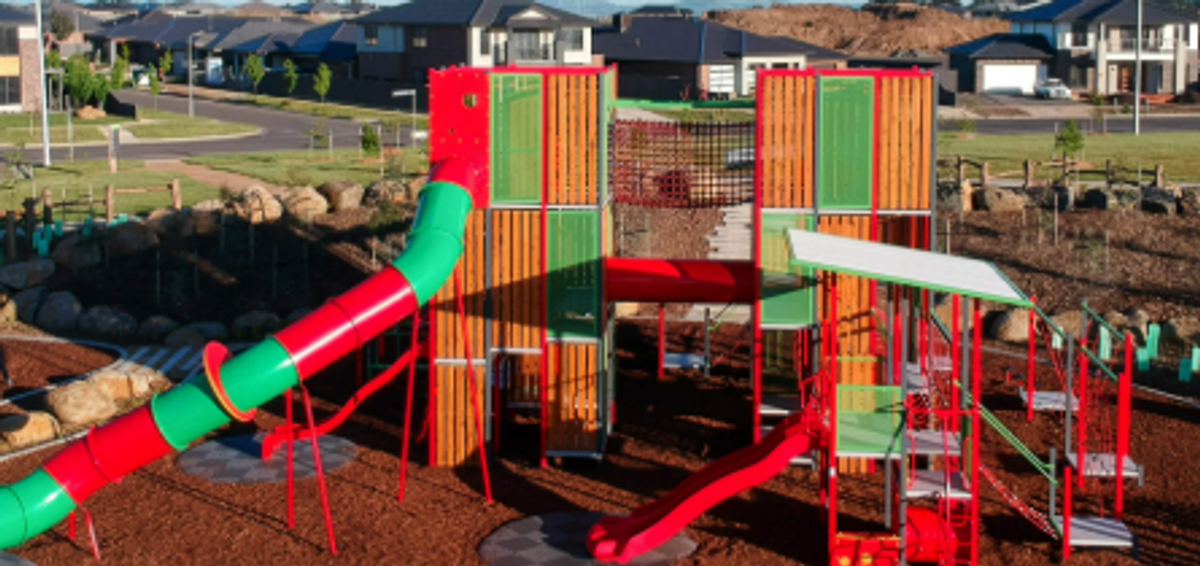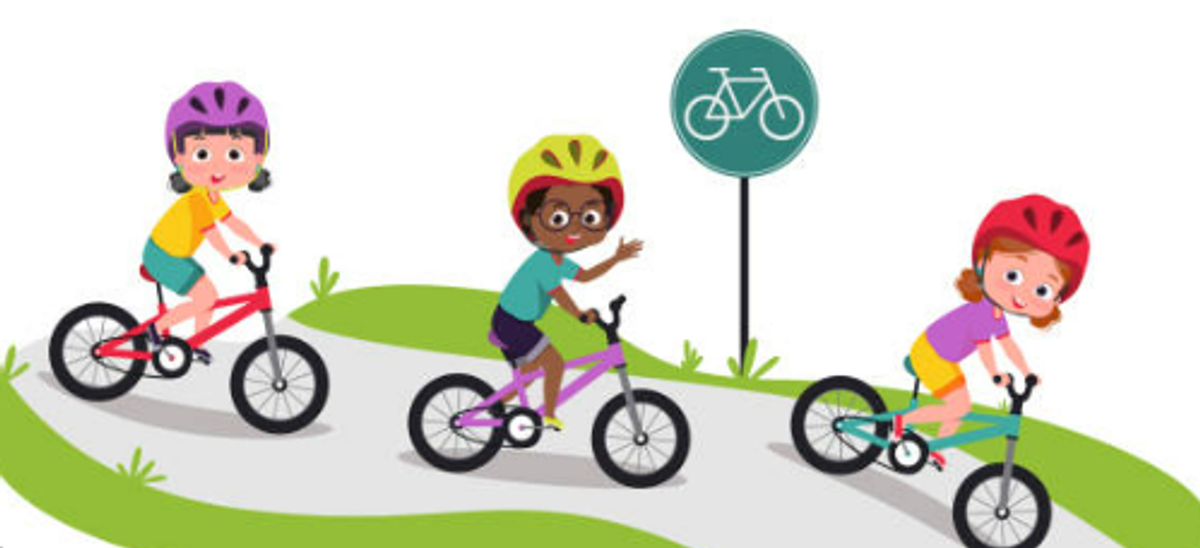Wellbeing and Inclusion

Safe Traffic Behaviours
The safety of our students is paramount in and around the school, especially at drop off and pick up times where traffic can become quite congested. We regularly have traffic officers out and about in our area issuing fines to families who are using unsafe behaviours. We would like to ensure our school precinct remains safe for all and therefore offer some suggestions to assist.
In the diagram below, there are some reminders for everyone.
Pedestrian safety and road safety for kids
- Until the age of 11-12 years, children need active adult supervision to help them safely navigate driveways, cars, roads and car parks. Even children who seem to know all the road safety rules won’t necessarily remember to follow them.
- Always holding your child’s hand when around cars is a great first step. You can also teach your child about road safety, including how to be safe around parked cars and on footpaths and driveways.
- Your child will learn about pedestrian safety by watching you, so use safe behaviour around cars, roads, footpaths and car parks.
Going out independently: why it’s important for children
Learning to travel, play and move around the community safely without an adult is an important part of children’s development. It helps them build the skills they need for teenage independence.
Learning how to go out without an adult has many benefits for children:
- Physical activity – for example, children walking or biking to school tend to be more physically active than children who are driven to school.
- Life skills– for example, children learn about making decisions like where to cross roads or solving problems like what to do if their bike gets a flat tyre.
- Mental health – for example, independence can be good for children’s confidence, self-esteem and sense of belonging.
- Community connections – for example, children get more familiar with their local neighbourhood and might say hello to neighbours on the way to school.
A gradual approach to going out independently
To go out independently and safely, children need skills and confidence. It’s best to start working on this long before you let children go out by themselves. This way children can learn and practise at a pace that’s comfortable for them and you.
For example, your child might gradually progress through the following steps to prepare for walking home from school independently:
- Your child meets you in the schoolyard or designated pick-up area after school. You and your child walk home together.
- Your child meets you at the school gate. You and your child walk home together.
- Your child meets you at the school gate and walks 5 metres ahead of you, then 10 metres ahead, and so on.
- Your child walks home from school with an older sibling or friend.
You can adapt these steps to prepare your child to go out independently to other places, like the local shops or a friend’s house. As part of a gradual approach to increasing independence, you can help your child develop the skills they need by:
- getting your child familiar with your local area and community
- teaching your child about pedestrian and road safety
- teaching your child about personal safety in the community.
Deciding whether children are ready to go out independently
Here are questions you can ask yourself to decide whether your child is ready:
- Does your child have the skills they need? Children under 10 years generally haven’t yet developed the skills to safely navigate driveways, cars, roads and car parks on their own.
- Will your child be with someone you trust who can keep them safe – for example, an older sibling?
- Has your child practised doing this activity before with you or an older sibling?
- Is your child going somewhere that you consider safe?
- Can your child recognise safe and unsafe places and situations?
- Does your child know what to do if they get lost?
- Does your child know important information like their home address, your name and emergency phone numbers?
- If your child needs help, will there be safe people nearby, like uniformed police officers, store employees or teachers?
- Does your child reliably follow instructions or family rules?
- If your child has a mobile phone, do they know how to use it?
If you answered yes to most or all of these questions and your child feels comfortable and follows the rules, you might give them more independence. But if your child needs to build more skills, they aren’t coping well, or you’re not confident, you might need to give them more practice or even go back a step.
When children are ready to go out without an adult: rules and emergency plans
If you’ve decided that your child is ready for some independence, clear rules and emergency plans are important for your child’s safety.
- Set clear rules: Clear rules help your child understand where the limits are and what you expect. Rules might include where your child can go, when and with whom. Once the rules are in place, apply them consistently.
It’s good to assess the rules regularly as your child develops. Monitoring how well your child is handling their independence can help you decide when the rules need adjusting.
Make an emergency plan: If your child is heading out without you, you and your child need a plan for what to do if there’s an emergency. This could include:
- who your child should talk to if they need help
- how your child can contact them
- where to go if it’s not safe at home or outside.
It’s good to make sure your child has important information like their home address, your name, and emergency numbers. In an emergency, this information can be useful to your child and anyone helping them. You can print this information for your child to keep with them or save it to your child’s phone if they have one.


